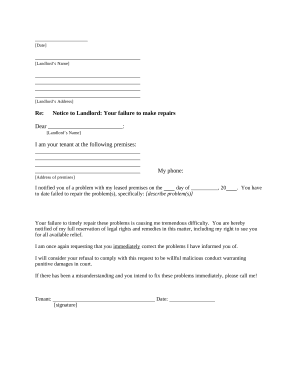

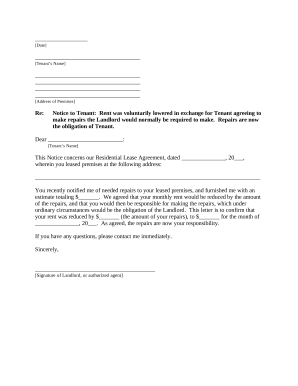
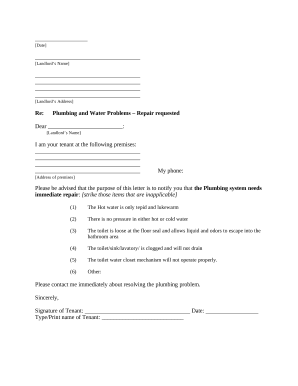
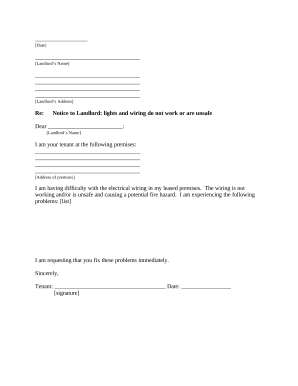
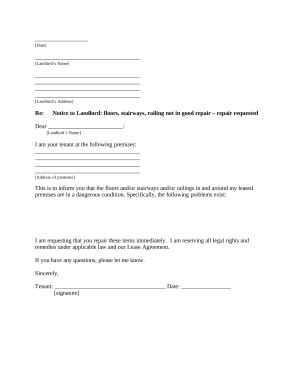
Accelerate your file management using our Landlord's Repair Obligations collection with ready-made templates that meet your needs. Access your form template, modify it, fill it, and share it with your contributors without breaking a sweat. Start working more efficiently with the documents.
How to use our Landlord's Repair Obligations:
Explore all the possibilities for your online file management with the Landlord's Repair Obligations. Get a free free DocHub account today!